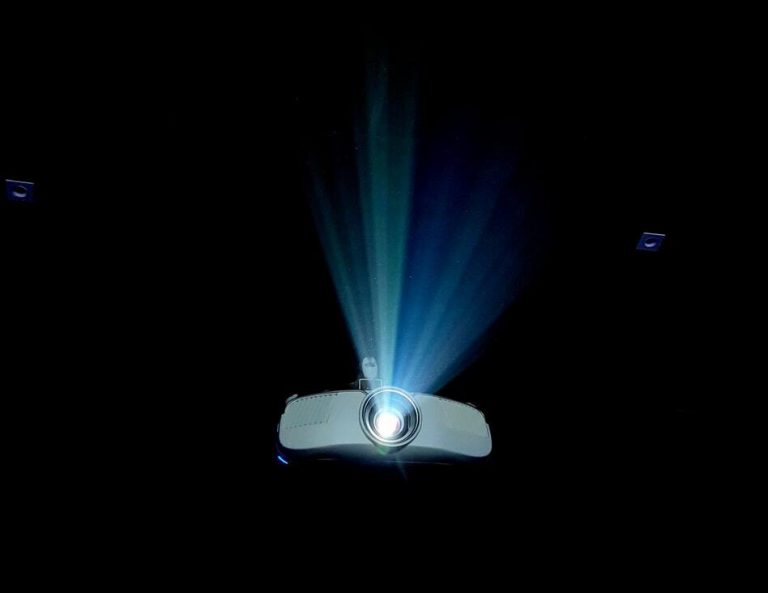Illuminating Success: A Comprehensive Guide on How to Choose the Right Projector for the Meeting Room

Introduction:
In the contemporary world of business and education, effective presentations and collaborative discussions are integral to success. Choosing the right projector for your meeting room is a crucial decision that can significantly impact the quality of your presentations, training sessions, and collaborative efforts. This comprehensive guide aims to provide a detailed roadmap for selecting the ideal projector, considering factors such as room size, brightness, resolution, connectivity options, and additional features.
I. Assessing Room Size and Layout:
- Room Dimensions:
- Measure the dimensions of your meeting room, including the width, length, and height.
- Consider the seating arrangement and the distance between the projector and the screen or wall.
- Throw Distance:
- Determine the throw distance required for your room. This is the distance between the projector and the screen or wall. Short-throw or ultra-short-throw projectors are suitable for smaller rooms with limited space.
- Ceiling Mount vs. Portable:
- Decide whether a ceiling-mounted or portable projector suits your room configuration. Ceiling-mounted projectors save space and offer a clean aesthetic, while portable projectors provide flexibility in positioning.
II. Understanding Brightness Requirements:
- Room Lighting Conditions:
- Assess the ambient lighting conditions in the meeting room. Brighter rooms with ample natural light may require higher projector brightness.
- ANSI Lumens:
- Projector brightness is measured in ANSI lumens. For well-lit meeting rooms, consider projectors with higher lumens (3000 lumens and above) for clear and vivid projections.
- Contrast Ratio:
- A higher contrast ratio contributes to sharper image quality. Consider projectors with a high contrast ratio for better visibility, especially in rooms with varying light conditions.
III. Resolution Considerations:
- Native Resolution:
- Choose a projector with a native resolution that aligns with your presentation needs. Common resolutions include XGA (1024×768), WXGA (1280×800), and Full HD (1920×1080).
- Content Type:
- Consider the type of content you will frequently present. For detailed graphics, images, or videos, higher resolutions such as Full HD may be preferred.
- Aspect Ratio:
- The aspect ratio determines the width and height proportions of the projected image. The standard 4:3 aspect ratio is suitable for presentations, while widescreen 16:9 is ideal for videos and multimedia content.
IV. Connectivity Options:
- Input Ports:
- Evaluate the input ports available on the projector. Ensure compatibility with your devices, such as laptops, tablets, and multimedia players.
- Common ports include HDMI, VGA, USB, and audio jacks.
- Wireless Connectivity:
- Consider projectors with wireless connectivity options for seamless presentations. Wi-Fi or Bluetooth capabilities allow for cable-free connections, enhancing flexibility and reducing clutter.
- Compatibility with Collaboration Tools:
- Ensure compatibility with collaboration tools and software, facilitating interactive and engaging presentations.
V. Additional Features and Considerations:
- Keystone Correction:
- Keystone correction compensates for image distortion caused by the projector’s angle. Look for projectors with automatic or manual keystone correction for a squared and aligned image.
- Lamp Life:
- Check the lamp life of the projector. Longer lamp life reduces maintenance costs and ensures consistent performance over time.
- Noise Level:
- Consider the noise level of the projector, especially in quiet meeting environments. Quieter projectors contribute to a more focused and comfortable atmosphere.
- Lens Options:
- Some projectors offer interchangeable lenses for added flexibility in adjusting the projection size and distance.
- Brand Reputation and Support:
- Research the reputation of projector brands for reliability, durability, and customer support. Consider warranty options and after-sales services.
VI. Budgetary Considerations:
- Total Cost of Ownership:
- Consider the total cost of ownership, including initial purchase, maintenance, and replacement costs.
- Evaluate the return on investment based on the projector’s features and longevity.
- Long-Term Needs:
- Anticipate future needs and technological advancements. Choosing a projector that accommodates future upgrades may be cost-effective in the long run.
VII. Demo and Testing:
- Request Product Demos:
- Request product demonstrations from vendors or visit showrooms to experience the projector’s performance firsthand.
- User Reviews:
- Read user reviews and testimonials to gather insights into real-world experiences with the projector models you are considering.
VIII. Conclusion:
Selecting the right projector for your meeting room is a strategic decision that requires careful consideration of multiple factors. By assessing room size, brightness requirements, resolution considerations, connectivity options, and additional features, you can tailor your choice to meet the specific needs of your presentations and collaborative sessions. As technology continues to evolve, investing in a versatile and reliable projector ensures that your meeting room remains equipped for the challenges and opportunities of the future. Illuminate your success with a projector that seamlessly integrates with your communication objectives, enhancing engagement and collaboration in every meeting.




